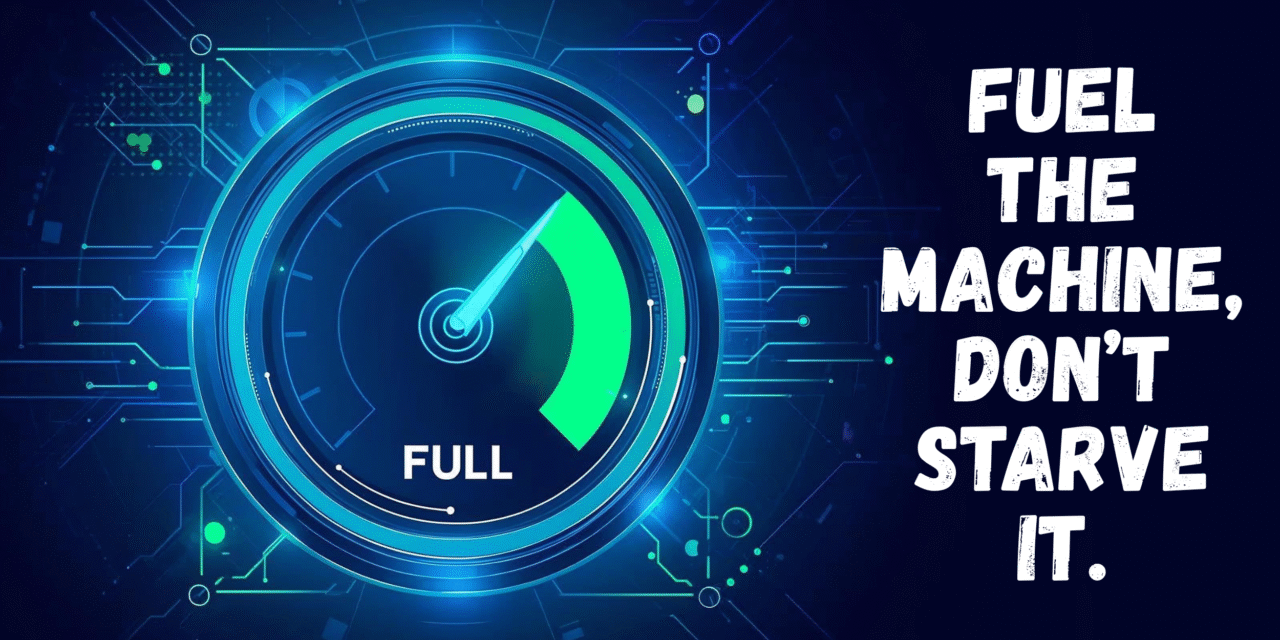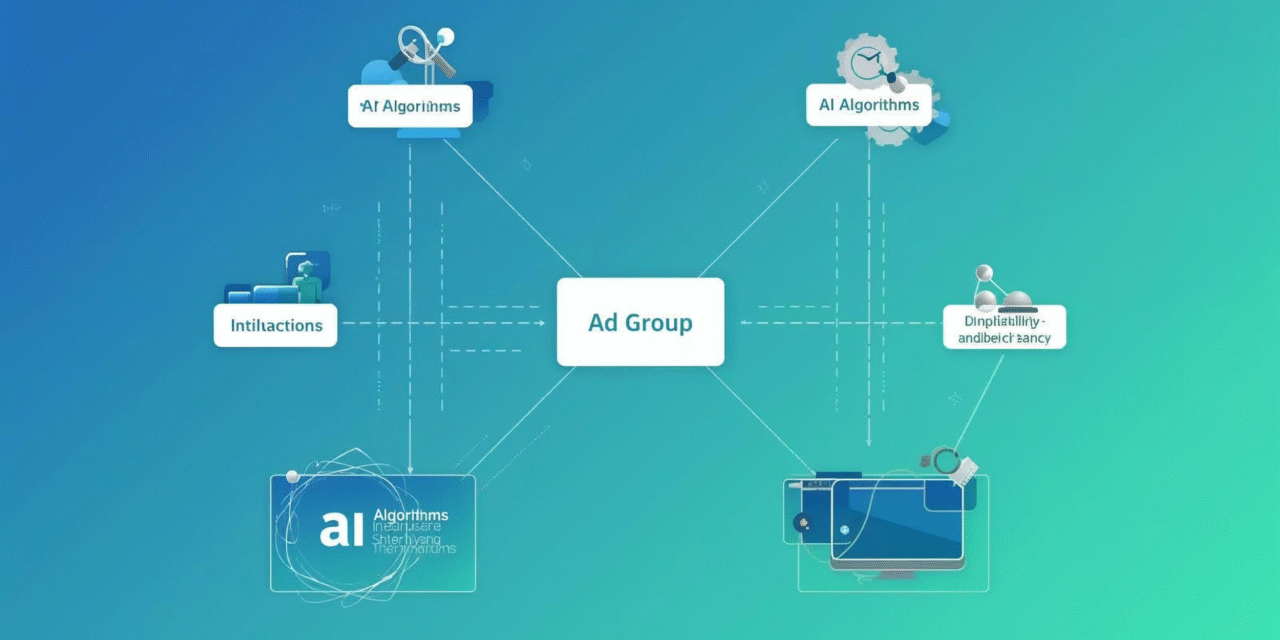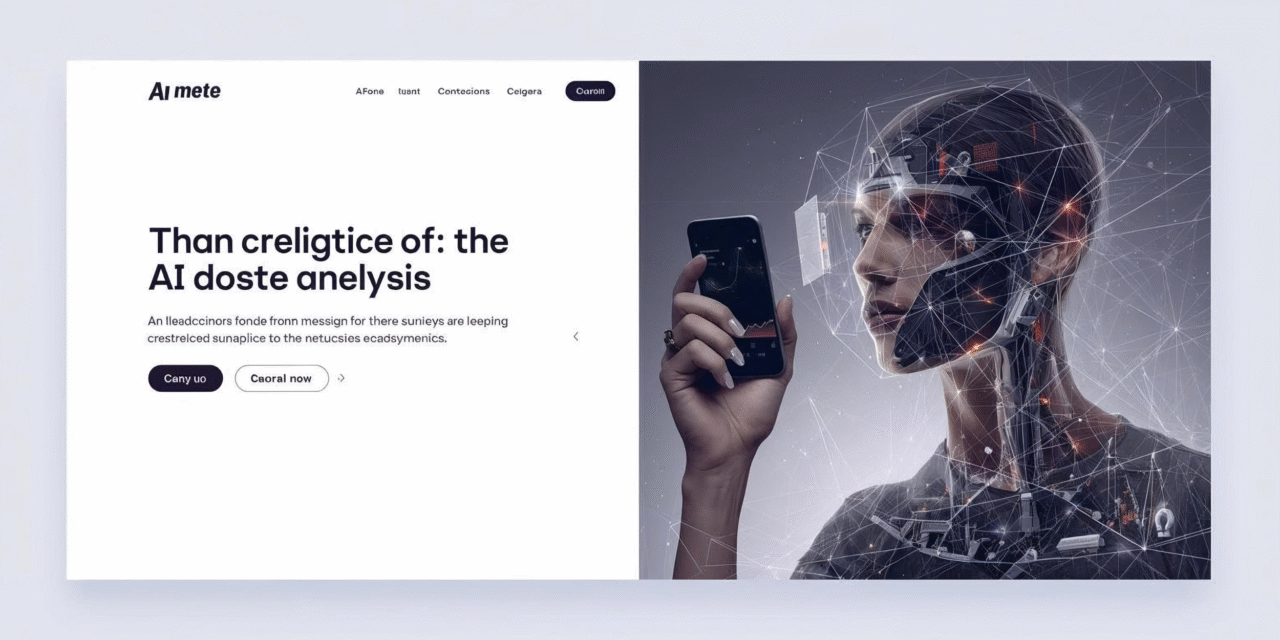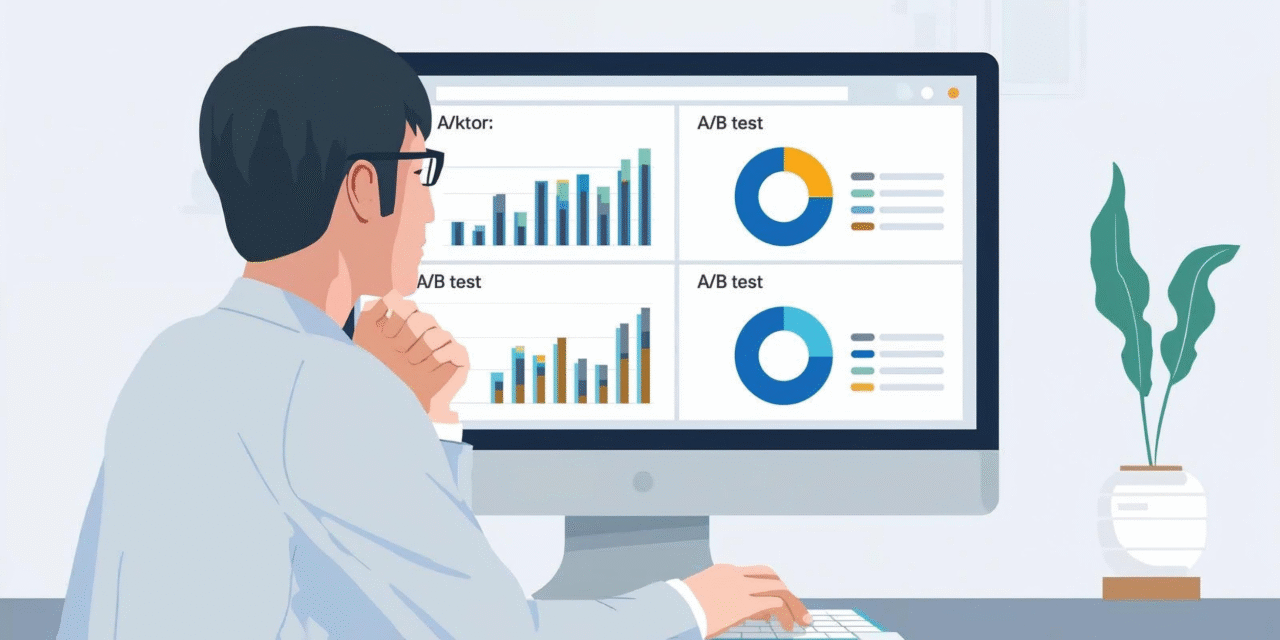Google’s AI Max best practice guide isn’t just another update—it’s a roadmap for how advertisers should evolve their Search campaigns in the age of automation. The message is clear: AI can’t fix bad fundamentals. If your account isn’t built on solid measurement, clear goals, and sufficient data, no algorithm will save you.
This post breaks down AI Max Google Ads recommendations into a practical, step-by-step strategy to prepare your Search campaigns for AI Max. Whether you’re an agency strategist, performance marketer, or in-house brand lead, these insights will help you upgrade with confidence—and make AI your competitive advantage.
1. Measurement: The Foundation of AI Success
Every strong campaign starts with accurate, actionable data. AI Max Google Ads is only as smart as your measurement setup.

Align Conversion Tracking with Business Goals
Google’s AI thrives on conversion signals. But not all conversions are equal. Many advertisers still optimize toward micro conversions like page views or form starts, while ignoring revenue-driving outcomes.
Action step:
Focus on business-impacting conversions—purchases, qualified leads, subscriptions. Then, simplify your conversion actions to avoid confusing the algorithm with low-quality data.
Simplify and Strengthen Conversion Actions
Fewer, cleaner conversions mean better learning. Group similar actions (e.g., “lead forms” instead of 10 separate form types) so AI Max can find meaningful patterns faster.
Use Enhanced Conversions to capture first-party data (like email or phone number) directly from your site, improving attribution accuracy and signal quality—especially in a privacy-first environment.
Leverage Data-Driven Attribution (DDA)
Move away from last-click. Data Driven Attribution distributes credit across the full customer journey, giving AI Max a holistic understanding of what actually drives results.
If your conversions take weeks to materialize, shorten that delay or introduce proxy conversions (like add-to-cart or lead-qualified stages). Long conversion lags slow learning and weaken optimization.
2. Bids and Budgets: Fuel the Machine, Don’t Starve It
AI Max’s performance depends on consistent data and spend. Starving your campaigns limits their learning potential.

Choose the Right Bid Strategy for Your Objective
AI Max gives you options, but each serves a specific purpose:
- Maximize Conversions / Maximize Conversion Value → Best for volume and visibility.
- Target CPA (tCPA) / Target ROAS (tROAS) → Best for profitability and precision.
Choose one that matches your business stage. For new campaigns, start broad (Maximize Conversions). Once you gather stable data, shift to profit-driven goals (tCPA or tROAS).
Avoid Budget Constraints
Google recommends a minimum of $50/day per campaign. This ensures the algorithm collects enough data to make statistically confident adjustments.
If your campaign consistently hits its daily budget, it’s under pressure. Lift the cap to let AI test, learn, and scale. Think of budget like fuel—if you’re running on fumes, don’t expect speed.
3. Structure and Ad Groups: Simplify to Amplify
AI Max Google Ads works best in simplified, data-rich environments. Bloated structures fragment your data, confuse learning, and slow down optimization.

Consolidate Low-Volume Ad Groups
Many advertisers still operate campaigns designed for manual management—dozens of ad groups, each with a few keywords. In the AI era, that’s a recipe for inefficiency.
Consolidate overlapping ad groups to increase signal density. When AI sees more data per ad group, it can make stronger, faster optimization decisions.
Remove Duplicate Keywords Across Match Types
Duplicate keywords create internal competition and muddy your metrics. Eliminate redundancy—AI doesn’t need multiple match types to understand intent anymore.
Instead, focus on broad match keywords in combination with smart bidding. Broad match expands your reach to relevant searches you might miss, while AI Max ensures precision through context and historical data.
Expand Broad Match Where Incremental Potential Exists
Don’t fear broad match. It’s not the wild west it used to be. With robust signals and smart bidding, it’s now a growth engine. Test broad match in high-intent campaigns and compare performance after sufficient learning time.
4. Landing Pages: The Human Side of AI Optimization
AI Max can drive traffic—but it’s your landing pages that convert. Google’s algorithms can only optimize toward what they can measure, and if the user experience falters, performance follows.

Use the Landing Pages Report to Identify Weak Spots
Within Google Ads, the Landing Pages report highlights pages with high bounce rates, slow load times, or poor mobile usability. Prioritize fixes where traffic volume and inefficiency intersect.
A page that looks fine to you might still be underperforming in Google’s eyes. Test your pages on multiple devices, monitor load speed, and eliminate friction.
Keep Your CTAs and Benefit Copy Fresh
AI Max uses your landing page content to inform ad generation and relevance scoring. Outdated copy or stale CTAs can directly limit ad quality and performance.
Keep your value proposition clear, benefits front-loaded, and CTAs action-oriented.
Example: Replace “Learn More” with “Get Your Free Audit” or “Start My Free Trial.”
Ensure Compliance and Trustworthiness
Google enforces strict advertising policies—especially in sectors like finance, healthcare, and education. Make sure every page complies. Include privacy policies, contact info, and clear disclosures.
Trust signals like testimonials, badges, and transparent pricing strengthen conversion rates and boost Quality Score.
5. Experimentation: Test Smart, Learn Deep
AI optimization takes time. Too many advertisers interrupt learning phases or draw conclusions too early.

Run Structured Tests Over Eight Weeks
Before upgrading, run pre- and post-AI Max tests for at least 8 weeks. Give the system time to stabilize. Compare not just conversion volume but efficiency metrics like CPA, ROAS, and conversion value per click.
Avoid making major edits mid-test—changing assets, bids, or budgets resets the learning phase, wasting valuable data.
Let the System Learn—Then Optimize
In the early weeks, performance may fluctuate. That’s expected. Once stability returns, review your data holistically. Small, evidence-based optimizations yield compounding improvements.
Pro tip: Combine Google Ads Experiments with offline conversions or CRM data to see which changes drive real revenue, not just clicks.
The Bigger Picture: Clean Data, Clear Goals, Consistent Spend
AI Max Google Ads best practice guide reinforces a timeless truth: AI can’t compensate for chaos.
If your tracking is inconsistent, budgets are tight, or structure is fragmented, AI will struggle. But if you give it clear goals, quality data, and enough runway, it will outperform any manual setup you’ve ever run.
This isn’t just a technical upgrade—it’s a mindset shift. Advertisers who learn to partner with automation, rather than control it, will win.
Practical Takeaways to Prepare for AI Max
Here’s your AI Max Google Ads readiness checklist:
- Conversion tracking aligned with true business outcomes
- Simplified conversion actions with Enhanced Conversions enabled
- Data-Driven Attribution activated
- Campaigns spending ≥ $50/day and not budget limited
- Clear bid strategy matching business goals (volume or profit)
- Consolidated ad structure with minimal duplication
- Broad match keywords tested were logical
- Landing pages optimized for performance and compliance
- 8-week structured experiments run before and after upgrade
By following these steps, you’re not just preparing for AI Max—you’re future-proofing your advertising strategy.
Final Thoughts: Building a Smarter Ad Ecosystem
Google’s shift toward AI-driven campaign management isn’t optional—it’s inevitable. But this evolution offers enormous opportunity for those who prepare strategically.
AI Max rewards advertisers who invest in clean data, clarity, and consistency. When those foundations are strong, automation doesn’t just optimize bids—it amplifies your marketing intelligence.
If your brand wants to lead in this new era, the time to act is now. Review your tracking, tidy your structure, allocate sufficient budgets, and embrace experimentation.
Let Google’s AI do what it does best—scale your best ideas faster than ever.

Ready to prepare your Search campaigns for AI Max?
Identify gaps, improve measurement & unlock your full AI potential.